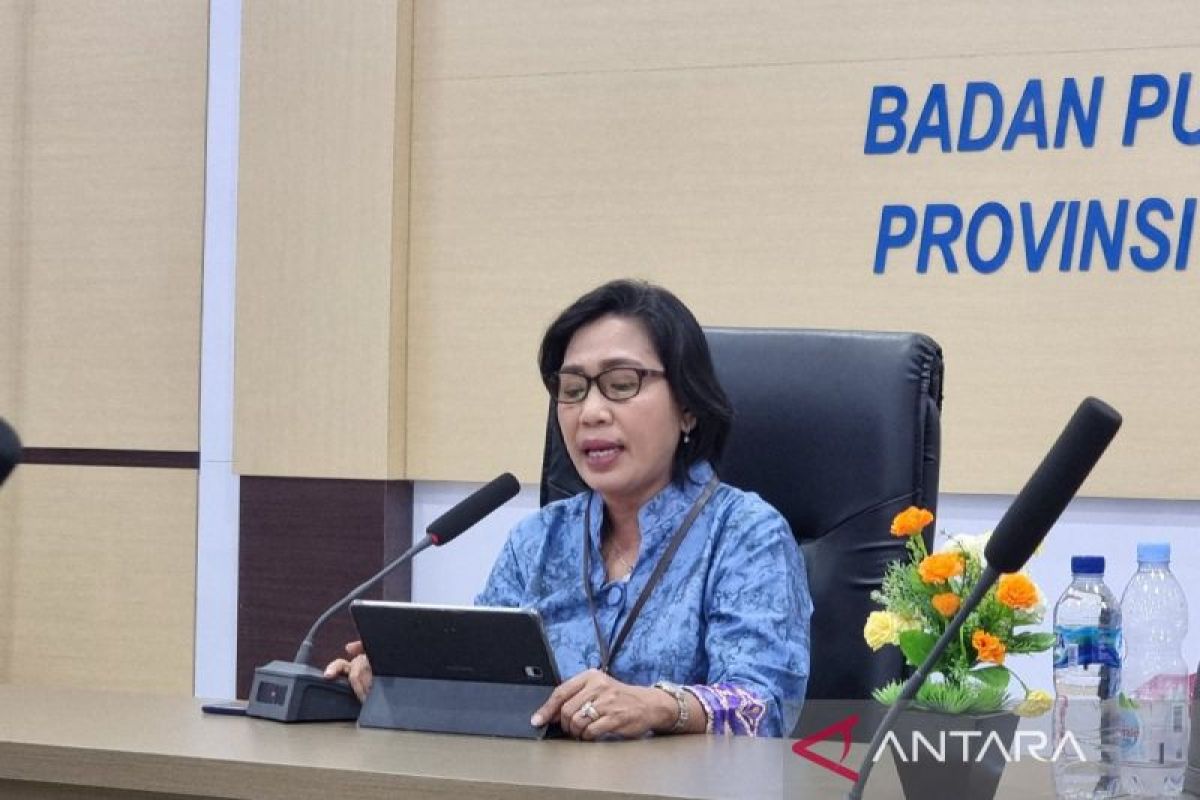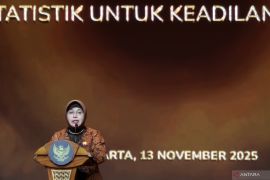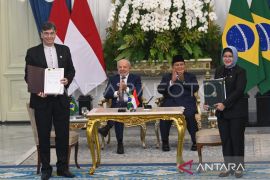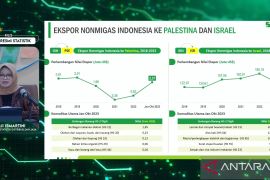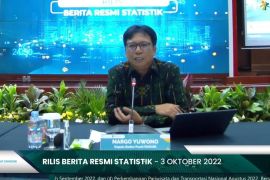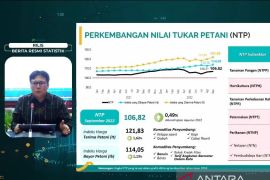Head of BPS West Papua, Merry, stated during a press conference in Manokwari on Friday that the decrease indicates a better distribution of household expenditure in both urban and rural areas.
"The Gini ratio in March 2025 dropped by 0.011 points compared to September 2024, when it stood at 0.385," Merry remarked.
She explained that the expenditure inequality (Gini ratio) in urban areas was recorded at 0.279, lower than the September 2024 figure of 0.296.
The Gini index is an indicator used to measure income or expenditure inequality, where a value closer to 0 indicates a more equal distribution, while a value closer to 1 signifies higher inequality.
"A similar decline occurred in rural areas, with the Gini ratio falling from 0.416 in September 2024 to 0.409 in March 2025," Merry remarked.
West Papua ranked eighth nationally in terms of inequality, following East Nusa Tenggara, and was not among the seven provinces with a Gini ratio above the national average of 0.375.
Although the level of inequality is still categorized as moderate, the downward trend is seen as a positive sign that poverty alleviation and social protection programs are starting to have an effect.
"Poverty alleviation programs implemented by the government are starting to make an impact," Merry remarked.
She noted that the expenditure share of the bottom 40 percent of the population stood at 17.2 percent in March 2025, a decrease of 1.68 percentage points compared to September 2024.
Meanwhile, the expenditure share of the middle 40 percent rose from 35.48 percent in September 2024 to 37.25 percent in March 2025.
"For the top 20 percent group, a slight decline of 0.08 percentage points was recorded -- from 45.81 percent in September 2024 to 45.73 percent in March 2025," Merry stated.
Related news: March 2025 sees drop in extreme poverty: BPS
Translator: Fransiskus, Azis Kurmala
Editor: Primayanti
Copyright © ANTARA 2025
